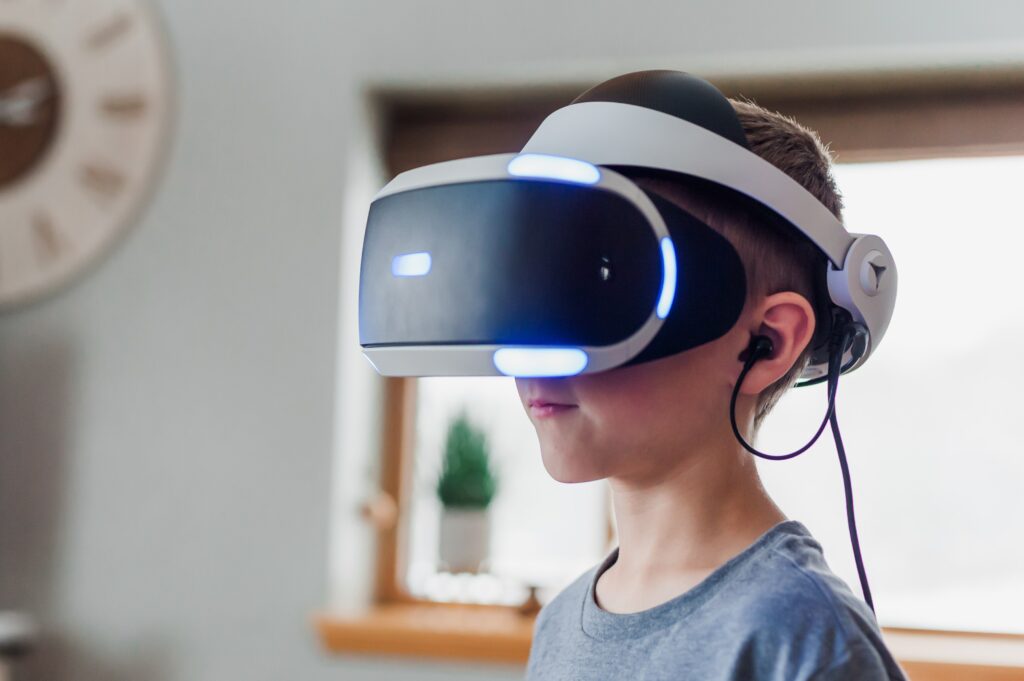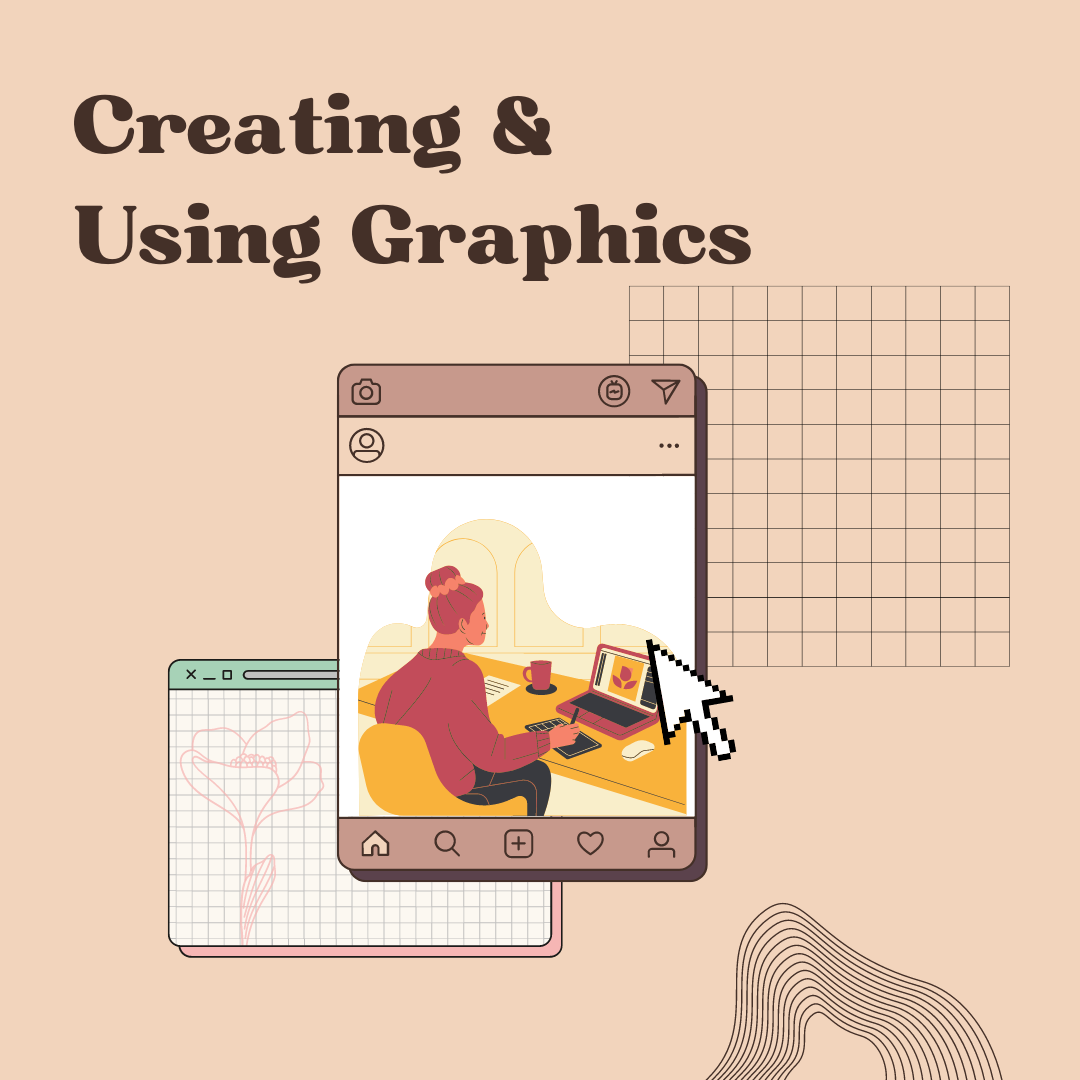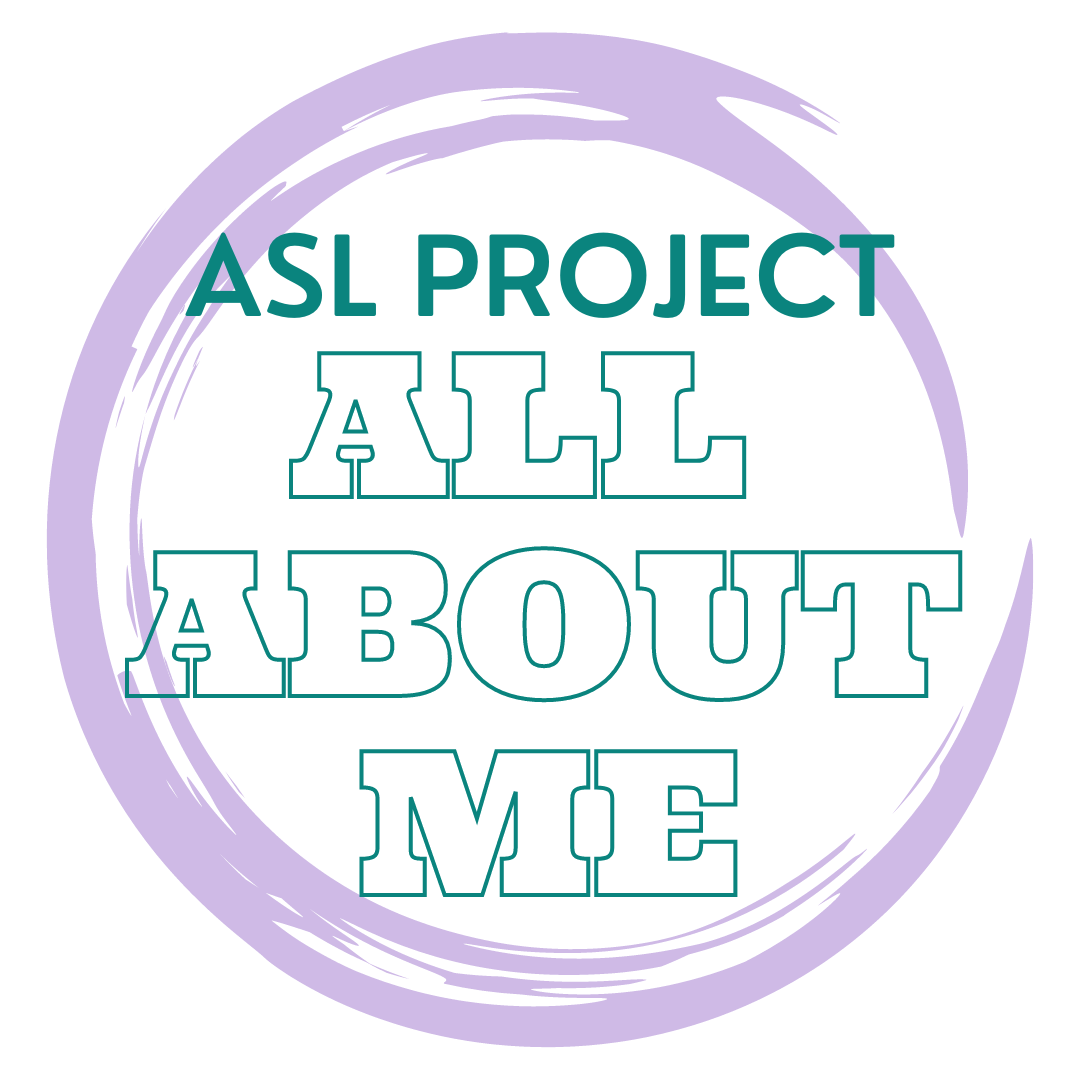EdTech Presentation Summaries
Creating an Inclusive Classroom Using Technology
Sarah, Morgan F, Emily

Virtual Classrooms
PROS:
1) Alternate mode of instruction
2) Synchronous & asynchronous- accessed anytime, anywhere
3) Students uncomfortable speaking in class might be more inclined to share online
4) Access to extra support.
CONS:
1) Learning curve when first using the technology
2) Students will need a device at home
Immersive Reader
PROS:
1) Reading support
2) Helps develop reading/language skills
3) Offers additional classroom support, translating, reading-speed choice
4) Google Chrome Immersive Reader extension
CONS:
1) Potential reliance on immersive readers
2) Cost of microsoft office
NearPod
PROS:
1) Interactive presentation tool
2) Increases accessibility of presentations
3) Gamification of lessons
4) Student-paced instruction
5) Supports immersive reader
Using Technologies that Support Students with Exceptionalities
Claire, Zac, Karis, Jennie

Seeing AI
An app that uses the camera on your phone to describe the people, text, and objects around you.
Offers multiple settings to announce different information; like reading text or describing faces and photos.
Can help students with: note taking, reading, and writing.
Eye Gaze Technology
Program that tracks eye movement to help students with physical difficulties, learning disabilities, ect to navigate websites, communicate, and much more.
Gives students with disabilities more independence and allows them to express themselves more freely.
Immersive Reader
Microsoft Word tool that reads text aloud, allowing clear communication between teachers and students.
Can help students with vision difficulties, ADD/ADHD, ASD, ect. feel more independent.
Breathe Think Do (Sesame Street)
Helps students self-regulate and solve problems more efficiently.
Virtual Reality Experiences
Bradley and Jake

There are 3 different types: Virtual Reality, Augmented Reality, and Extended Reality
Virtual Reality
Headset that you put on and see a diffferent environment, with the headset tracking your movement
Augmented Reality
Headset that you can see everything around you with overlaying interfaces (Google Glasses)
Extended Reality
XR, merges virtual and augmented reality, used for therapy for military assets
META QUEST 2
Educational Applications: Librarium, Hand Physics Lab, Nanome, Star Chart
PROS:
1) Simple set up & portable
2)Affordable ($399)
3) Diverse software (less of a gaming bias)
4) More of a computer than a gimmick
5) Software support
CONS:
1) Lower computing power
2) Potentially a distraction for students
3) Single-player
4) Educational software still limited
5) Limited support for people with physical limitations
PLAYSTATION VR
Educational Applications: Submersive field trips, learning while playing games
PROS:
1) Engrossing and novel: new ways to learn and engage in exciting ways
2) Hands on learning
3) Learning in new ways
4) Less motion sickness than Meta Quest 2
5) Experience historical moments
CONS:
1) Outdated hardware and software (2017)
2) Immobile & arduous set up
3) Gaming bias
4) Motion sickness
5) Expensive
Virtual Field Trips
Morgan T, Kim, Chelsea
Kindergarten: Virtual Trip to the Zoo
-360 view of exhibits & view points you can’t normally see at the zoo!
-Interactive components students can engage with
-Supplemental tools to enhance learning: Jamboard, BoomCards, Kai XR, Canva, ThingLink

Grade 8: Mount St. Helens Virtual Tour
-Students can experience a view point too dangerous for an actual visit.
-Supplemental tools to enhance learning: Screencastify, Jamboard, YouTube, Quizlet, Kahoot

PROS:
1) More engaging than textbook learning
2) More accessible for students with disabilities
3) Opportunities to experience new perspectives
4) Beneficial for visual/experiential learners
CONS:
1) Technology can be unreliable
2) Content would need to be supplemented — decorating, costumes, ect
3) Little movement for students
4) Some of the programs cost money


